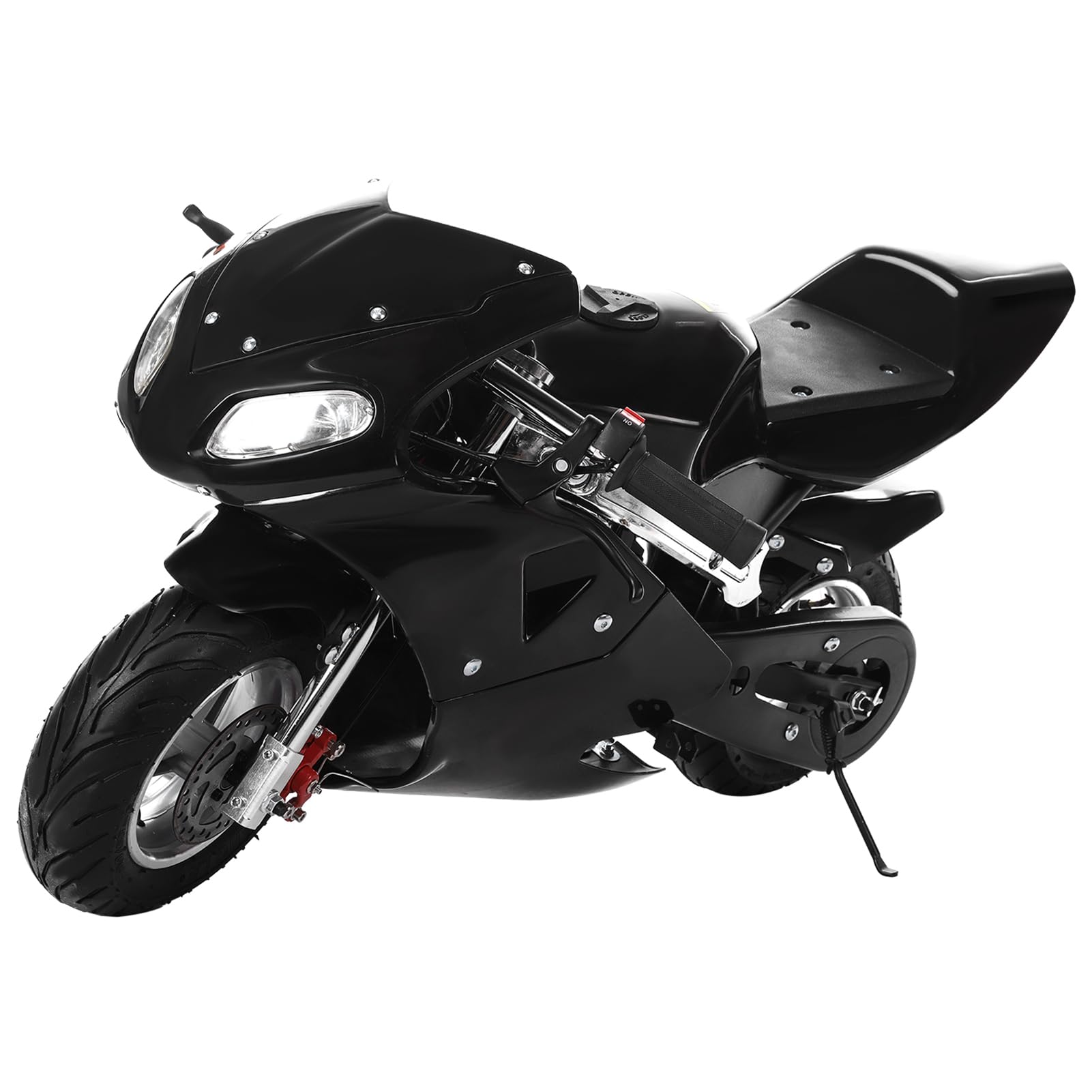Introduction:
Riding a motorcycle designed for two people offers a unique experience that combines the thrill of biking with the joy of shared adventures. Whether you’re planning long road trips, daily commutes, or leisure rides, it’s important to understand the key considerations for a two-person motorcycle. This comprehensive guide covers the essential features, safety aspects, legal requirements, maintenance tips, and performance factors to help you make an informed decision and enjoy a comfortable and safe riding experience with a passenger.
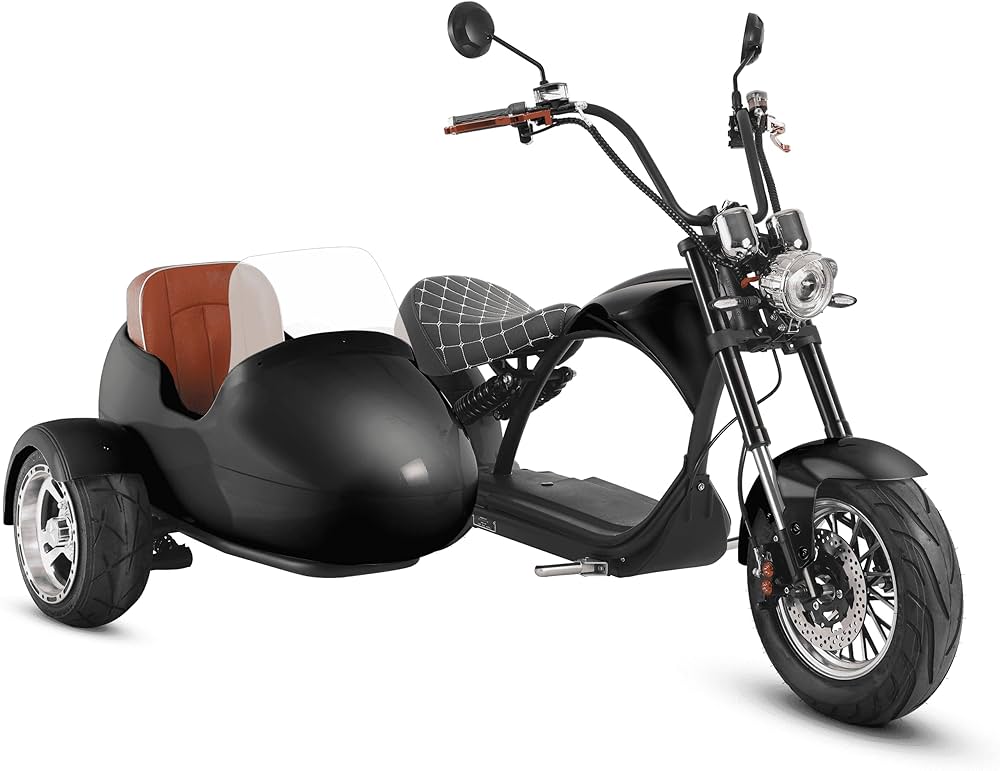
Two-Person Motorcycle:
What Should You Consider for a Comfortable and Safe Ride?
Essential Features:
What Key Features Should a Two-Person Motorcycle Have?
Understanding the critical features that enhance comfort and functionality ensures a pleasant riding experience for both rider and passenger.
Comfortable Seating:
Ergonomic Seats:
Rider Seat: A comfortable seat is paramount for long rides. Look for motorcycles with ergonomically designed rider seats that provide ample padding and support. Seats made from high-quality materials ensure durability and comfort over time.
Passenger Seat: The passenger seat should offer similar comfort and support. A well-padded seat with a sturdy backrest can greatly enhance the passenger’s comfort, reducing fatigue during long journeys.
Suspension System:
Smooth Ride Quality:
Enhanced Shock Absorption: A robust suspension system is crucial for handling the added weight of a passenger. Look for motorcycles equipped with advanced shock absorbers and suspension mechanisms that provide a smooth and comfortable ride on various terrains.
Adjustable Suspension: Motorcycles with adjustable suspension settings allow riders to customize the ride quality based on the combined weight of the rider and passenger, ensuring optimal comfort and safety.
 Engine Performance:
Engine Performance:
Adequate Power and Torque:
Power Output: A two-person motorcycle requires a powerful engine to handle the additional weight without compromising performance. Look for engines with sufficient horsepower and torque to provide a smooth and responsive ride, especially during acceleration and overtaking.
Engine Type: Choose the engine type that suits your riding style and needs. For instance, four-stroke engines offer a balance of power and fuel efficiency, while twin-cylinder engines provide smoother performance and higher torque.
Safety Aspects:
How Can You Ensure Safety While Riding a Two-Person Motorcycle?
Safety is a paramount concern when riding with a passenger. Implementing safety measures and choosing a motorcycle with essential safety features can significantly enhance ride safety.
Protective Gear:
Essential Safety Equipment:
Helmets: Both rider and passenger should always wear helmets that meet safety standards. Helmets protect against head injuries in the event of an accident and are mandatory in many regions.
Riding Gear: Invest in quality riding gear, including jackets, gloves, boots, and pants, to provide protection against abrasions and impacts. Look for gear with reflective elements for increased visibility during low-light conditions.
Braking System:
Effective Stopping Power:
Advanced Brakes: A reliable braking system is vital for safely handling the increased weight of a passenger. Opt for motorcycles equipped with advanced braking systems, such as anti-lock braking systems (ABS), which prevent wheel lockup during sudden stops and improve overall braking performance.
Dual Disc Brakes: Dual disc brakes on the front wheel provide better stopping power and stability, ensuring safer and more controlled braking, especially when carrying a passenger.
Lighting and Visibility:
Improved Road Presence:
Headlights and Taillights: Ensure the motorcycle has bright and effective headlights and taillights to increase visibility during night rides and adverse weather conditions. LED lights are a preferred option due to their brightness and energy efficiency.
Reflectors: Additional reflectors on the motorcycle enhance visibility to other road users, reducing the risk of accidents. Consider adding reflective decals or tape to further increase visibility.
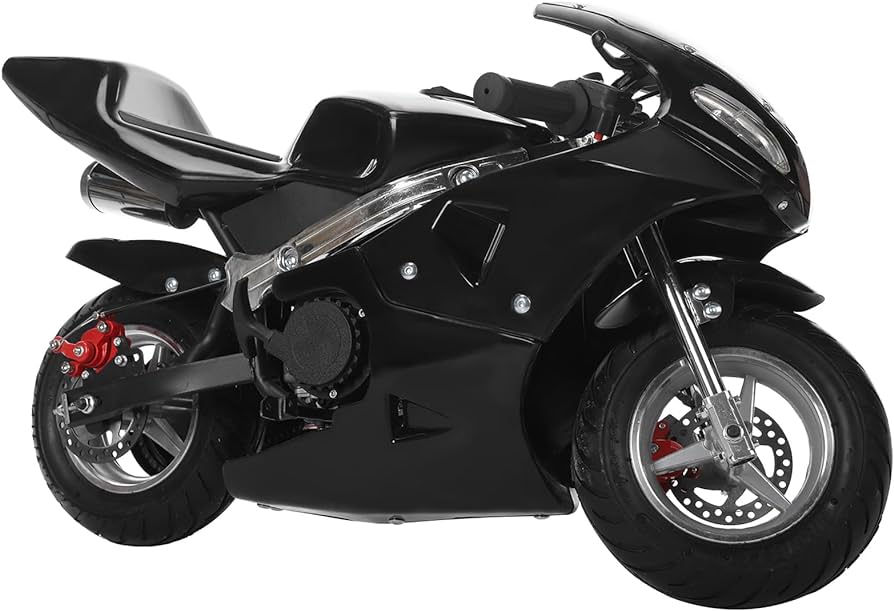 Legal Requirements:
Legal Requirements:
What Are the Legal Considerations for Riding a Two-Person Motorcycle?
Familiarizing yourself with the legal requirements ensures compliance and safety while riding with a passenger.
License and Registration:
Legal Documentation:
Motorcycle Endorsement: Obtain a motorcycle endorsement on your driver’s license if required in your region. This endorsement certifies that you have the necessary skills and knowledge to safely operate a motorcycle.
Registration and Insurance: Ensure the motorcycle is properly registered and insured. Insurance coverage should include liability protection, personal injury protection, and comprehensive coverage for both rider and passenger.
Passenger Laws:
Compliance with Regulations:
Passenger Age and Gear: Many regions have specific laws regarding the minimum age for motorcycle passengers and the required gear. Ensure the passenger meets the age requirements and wears appropriate protective gear.
Seating Requirements: Laws may also dictate the seating arrangements for passengers. Verify that the motorcycle is designed to accommodate a passenger safely and has the necessary equipment, such as footrests and grab handles.
Maintenance Tips:
How Can You Maintain a Two-Person Motorcycle for Optimal Performance?
Regular maintenance is crucial for ensuring the motorcycle operates smoothly and safely, especially when carrying a passenger.
Routine Checks:
Daily and Pre-Ride Inspections:
Tire Pressure: Regularly check and maintain the recommended tire pressure for the motorcycle’s tires. Properly inflated tires ensure better handling, stability, and fuel efficiency.
Fluid Levels: Inspect fluid levels, including engine oil, coolant, and brake fluid, before each ride. Maintaining optimal fluid levels ensures the engine runs smoothly and the braking system functions effectively.
Scheduled Maintenance:
Adhering to Maintenance Intervals:
Service Schedule: Follow the manufacturer’s recommended maintenance schedule for services such as oil changes, air filter replacements, and brake inspections. Adhering to these intervals prevents wear and tear and prolongs the motorcycle’s lifespan.
Professional Servicing: Have the motorcycle serviced by certified professionals who can perform thorough inspections and repairs. Regular professional servicing ensures that all components are in good working condition and any potential issues are addressed promptly.
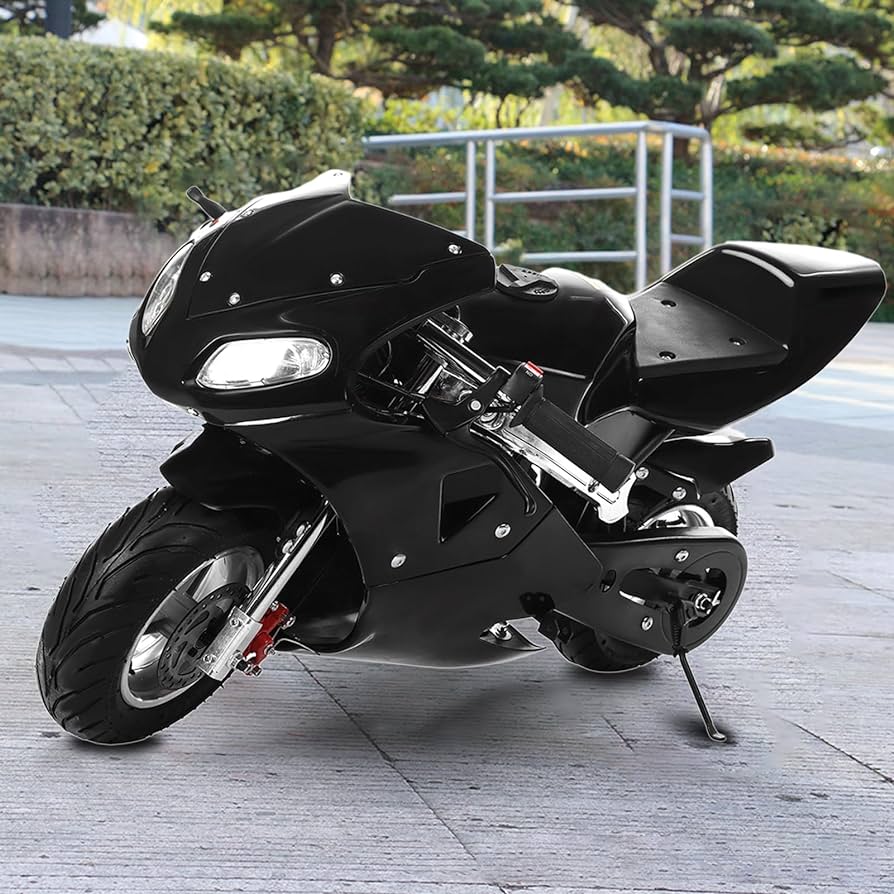 Performance Factors:
Performance Factors:
How Do Various Factors Affect the Performance of a Two-Person Motorcycle?
Several factors influence a motorcycle’s performance, particularly when riding with a passenger.
Weight Distribution:
Balancing the Load:
Proper Balance: Ensure the weight is evenly distributed between the rider and passenger. Proper balance prevents handling issues and enhances stability, especially during turns and maneuvers.
Adjustable Components: Some motorcycles feature adjustable components, such as footpegs and handlebars, to accommodate different rider and passenger sizes and ensure a comfortable and balanced ride.
Fuel Efficiency:
Impact on Mileage:
Increased Fuel Consumption: Carrying a passenger can affect fuel efficiency due to the additional weight. Monitor fuel consumption and plan refueling stops accordingly, especially during long trips.
Efficiency Tips: To maintain better fuel efficiency, avoid aggressive acceleration and high speeds. Smooth and steady riding helps conserve fuel and extends the distance between refueling stops.
Tire and Suspension Impact:
Handling and Stability:
Tire Wear: Regularly inspect tires for signs of wear and tear, especially when frequently riding with a passenger. Replace worn tires promptly to maintain good traction and handling.
Suspension Adjustments: Adjust the suspension settings to accommodate the additional weight of a passenger. Proper suspension tuning enhances ride comfort and stability, reducing the impact of rough terrains.
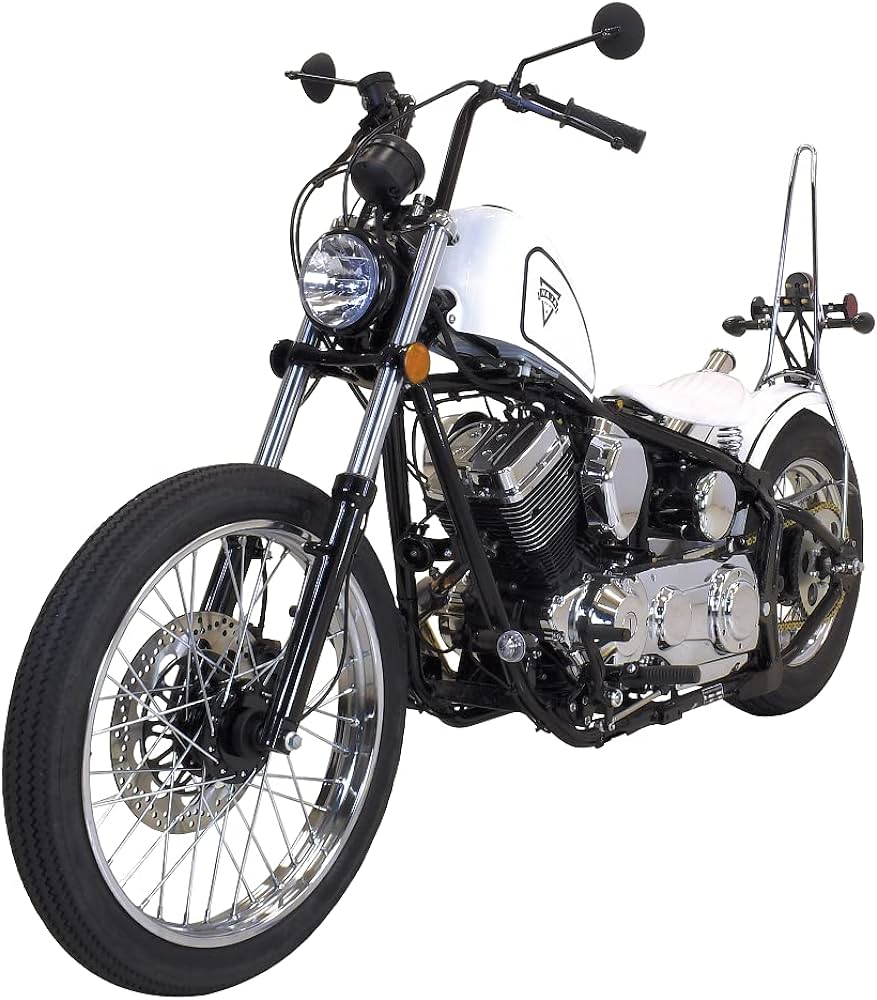 Comparison with Single-Rider Motorcycles:
Comparison with Single-Rider Motorcycles:
What Are the Differences Between Two-Person and Single-Rider Motorcycles?
Understanding the differences between two-person and single-rider motorcycles helps in making an informed choice based on your needs.
Design and Structure:
Built for Two:
Enhanced Seating: Two-person motorcycles feature larger and more comfortable seats with extra padding and support. They are designed to accommodate the additional weight and provide a pleasant riding experience for both riders.
Structural Reinforcement: These motorcycles often have reinforced frames and enhanced suspension systems to handle the increased load, ensuring safety and stability during rides.
Performance and Handling:
Adapting to More Weight:
Engine Power: Two-person motorcycles generally have more powerful engines to handle the additional weight without compromising speed and performance. This power ensures smooth acceleration and effective handling.
Handling Dynamics: With the added weight, handling dynamics differ from single-rider motorcycles. Riders may notice changes in cornering behavior, braking distances, and overall ride quality, requiring slight adjustments in riding technique.
Versatility and Use Cases:
Broader Applications:
Long-Distance Travel: Two-person motorcycles are ideal for long-distance travel and touring, providing the comfort and performance needed for extended rides. The added passenger capacity makes for enjoyable shared adventures.
Utility and Commuting: These motorcycles are also suitable for daily commuting and utility purposes, offering the flexibility to carry a passenger or additional cargo when needed.
Conclusion
Choosing a two-person motorcycle involves considering essential features such as comfortable seating, a robust suspension system, and a powerful engine. Ensuring safety with proper gear, a reliable braking system, and effective lighting is crucial. Understanding and complying with legal requirements, such as licensing and passenger laws, is necessary for safe and lawful riding. Regular maintenance and attention to performance factors, including weight distribution and fuel efficiency, ensure the motorcycle operates smoothly and safely. By comparing with single-rider motorcycles and understanding their unique applications, riders can make an informed decision that best suits their needs and preferences. Embracing the adventure of riding a two-person motorcycle opens up opportunities for shared experiences and memorable journeys.

